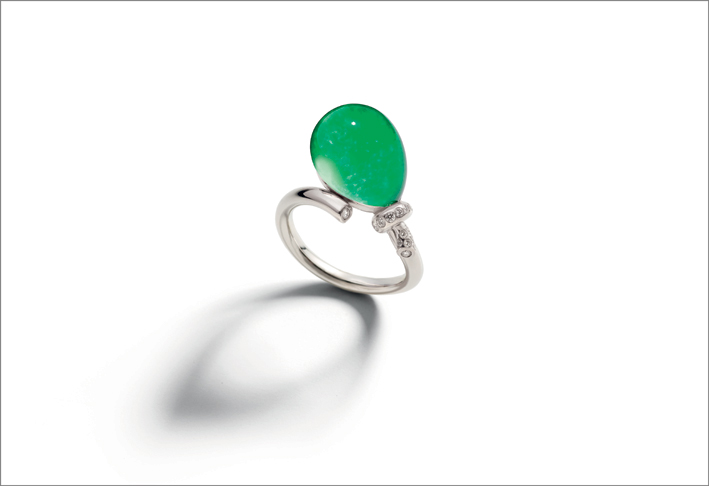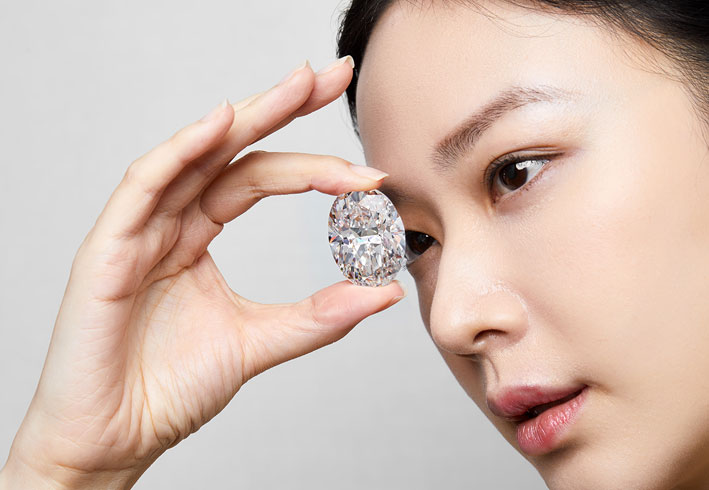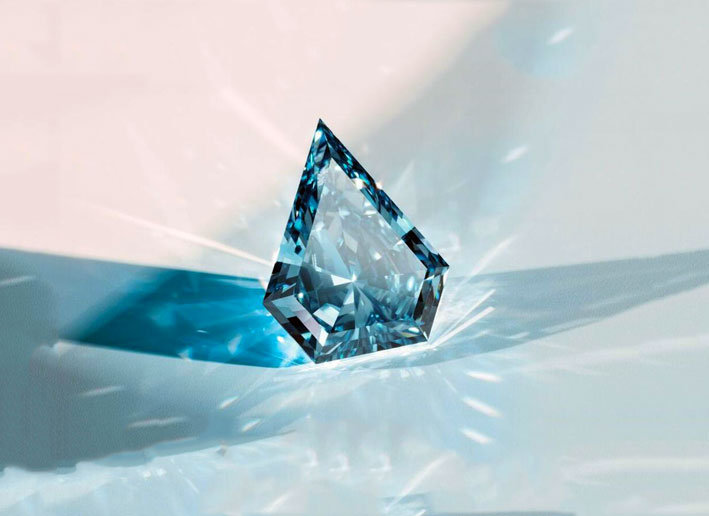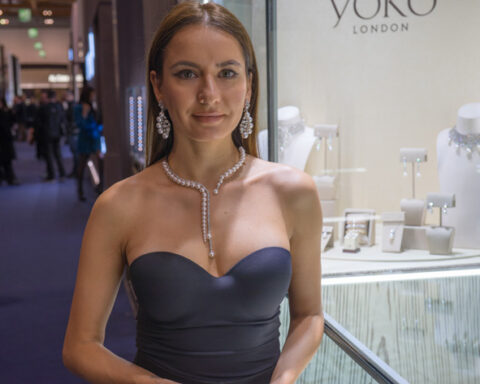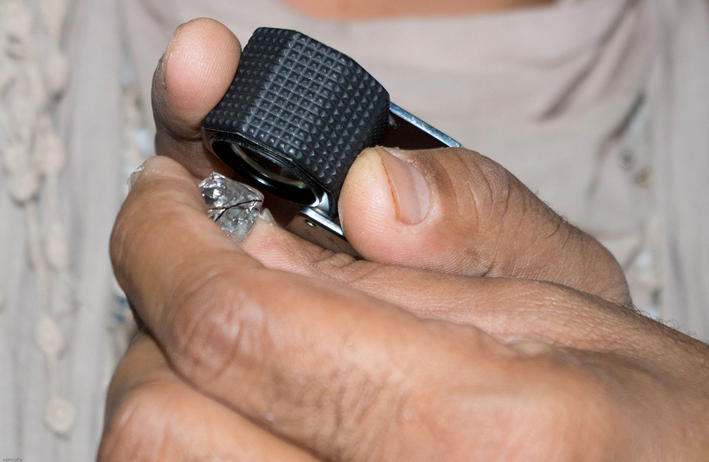True or false? Can gold be recognized with a bite? Is real jade cold? Is cubic zirconia, often confused with zircon, indistinguishable from diamond? Does silver cause allergies? Is 925 the number of perfect silver? Do the reflections of a stone have to be rainbow? These are among the many questions we often receive and their answers.
To check that your jewel of gold genuine need to bite him.
FALSE Pure gold is a very soft metal and, in fact, teeth can easily leave a mark if it is very pure, 24 carats. But biting it is neither a guarantee nor a recommendable test. Furthermore, it can damage your teeth. Not to mention that lead is even softer than gold: a jewel that uses gold-plated lead could easily be mistaken. Furthermore, 18 karat gold is usually used for jewelry, or even less: 14 and even 9 karat. It is gold alloyed with other metals: this makes the gold less malleable and also less expensive. In short, in reality, in addition to gold, we also end up biting other metals such as silver, copper, palladium, nickel.

True or false? To find out if a stone is genuine need to look at it in the light.
TRUE Note: the only truly reliable way to identify a gemstone is the opinion of a gemologist or a jeweler, or laboratory tests. That said, here’s a helpful hint to decide whether it is worthwhile to consider the stone of a ring or a necklace. Place the stone against the sunlight and look at the range of colors it produces. The authentic gemstones usually show a rainbow that will be reflected on a nearby surface. Most of the real gems will produce a full range of colors: the stone closer to the eye and tilt it, you should see a rainbow. The stones that produce nothing are often false. We repeat: it is not a final proof: for some stones, especially those very dense, deep coloring or that were not completely polished, the system may not work. But it is a little test should not be overlooked.

A cubic zirconia is virtually the same as a diamond, only it costs less.
FALSE What is commonly called a zircon is actually a cubic zirconia: an artificial stone that resembles a diamond. It’s brilliant, but much, much cheaper. In fact, it is just very difficult to distinguish it from a real diamond if you are not an expert. It is a cubic crystalline form of zirconium dioxide. It is a very hard synthetic material, optically perfect and usually colorless, although it can be made in a variety of different colors. It should not be confused with natural zircon, a stone composed of zirconium silicate, often blue in color. Cubic zirconia is sometimes mistakenly called “cubic zirconium”. Commercial production began in 1976. Its main competitor as a laboratory-created gem is synthetic moissanite.
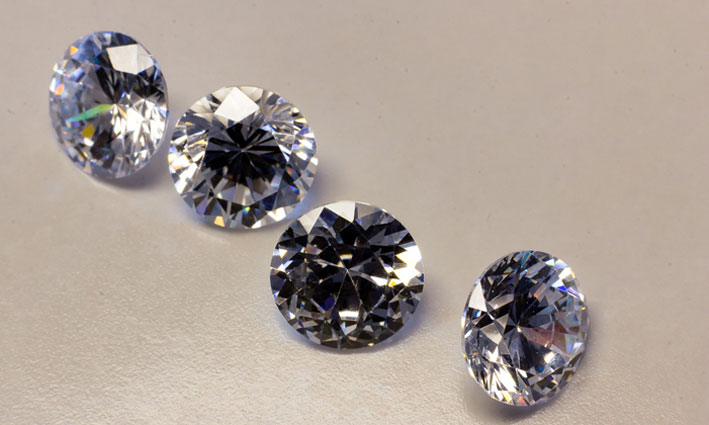
The silver cause allergies and skin turns green.
FALSE The color is not caused by an allergy is a reaction to the metals used in jewelry and it is often fused with silver, especially when the skin sweats. In short, it indicates that silver is not pure. It is the copper and silver often result in a green halo on the skin. Sterling silver, for example, is 7.5 percent of an alloy with copper. The most common stains left by Sterling Silver Jewelry, in any case, are black and not green. Some sterling silver jewelry are coated with products that help them to maintain the patina, but the coatings may fade over time.
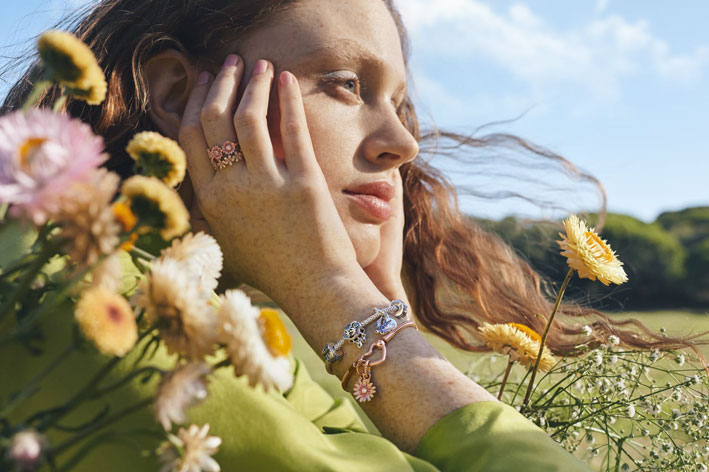
The number 925 indicates that the jewelry is real silver.
TRUE In the inner part of a jewel, engraving or stamping the number 925 indicates that the material is, in fact 925, the most common alloy. Of course, the warranty covers: nothing prevents that was affixed to a false jewel, but usually not the case for silver.
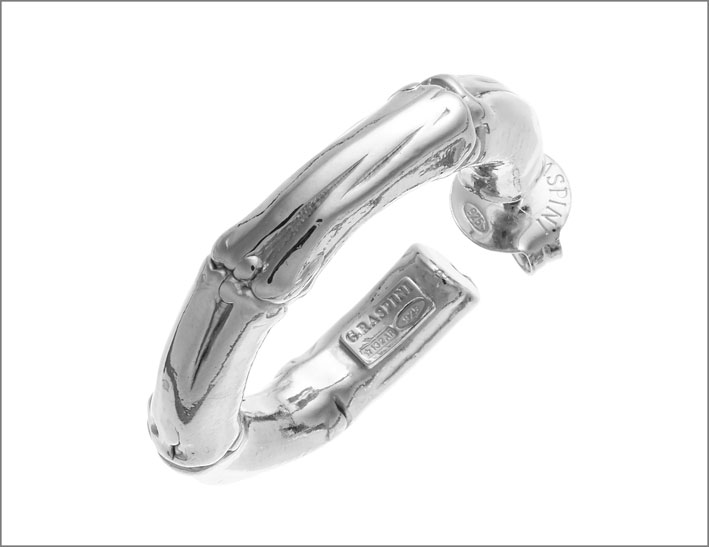
The Chinese store near your house has rings of jade at a very good price. Can I trust you? They told me that the real jade is cold.
TRUE The temperature is not sufficient proof, but it gives an indication: the jade is poorly conductive. Place it in a sensitive part, for example on the face, it is easy to feel a sensation of cold. Another easy tip is to try to carve the stone with the nail: the true jade is very tough and not show a scratch. The same test can be conducted with a very hot object: the real jade will not show signs of the contact. Finally, authentic jade usually has small imperfections, which are common in nature. A perfect stone should you be born a suspect. In any case, real jade is very expensive.
